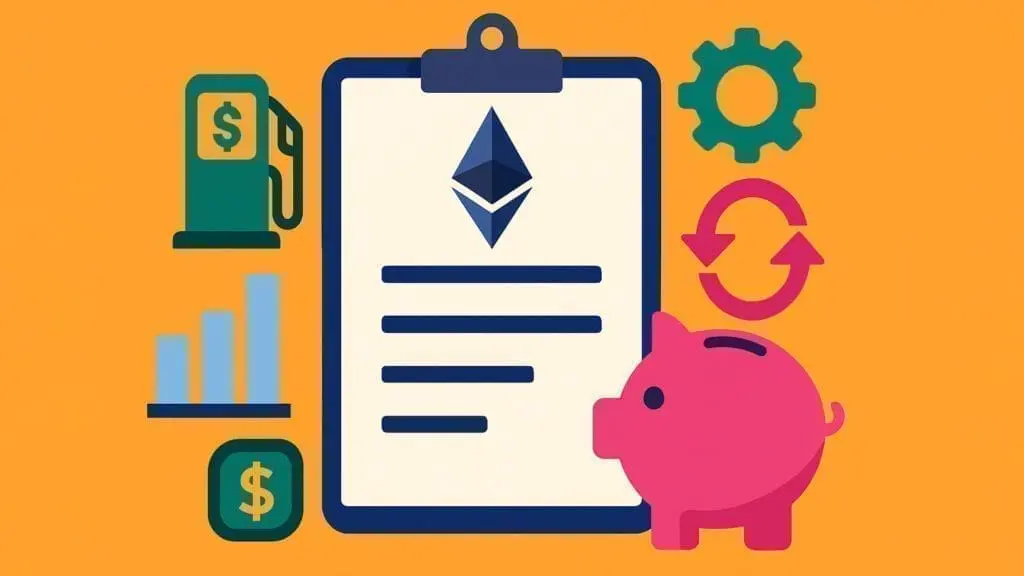Introduction
The idea of composable credit lines is gaining attention in decentralized finance (DeFi) because it allows borrowing and lending arrangements to become more flexible, transparent, and programmable.
Unlike traditional credit systems, which rely on centralized banks or lending institutions, composable credit lines are powered by smart contracts — self-executing agreements written into blockchain code.
In this model, credit is not just a one-time agreement between a lender and borrower. Instead, it is a set of reusable, modular building blocks that can connect with other DeFi applications, opening the door to more advanced financial products.
What Are Composable Credit Lines?
A credit line is essentially a pre-approved amount of money that a borrower can draw from as needed, repaying over time with interest. In traditional finance, this could be a personal line of credit, a business credit line, or even a credit card.
When this concept is composable, it means that:
- The credit line can interact with other DeFi protocols.
- Its terms, collateral, and repayment conditions are programmable.
- It can be integrated with other smart contracts for automated actions.
For example:
- A borrower could automatically use funds from a credit line to add liquidity to a DeFi pool.
- A yield farming strategy could draw from a credit line to increase position size, then repay when profits are realized.
- Multiple credit lines could be merged, split, or transferred between protocols.
How Smart Contracts Enable This
Smart contracts are the backbone of composable credit lines. They provide:
- Automation – Rules for borrowing, repayment, and collateral are enforced automatically without human intervention.
- Transparency – All terms and transactions are visible on the blockchain.
- Security – Funds are locked in a trustless contract until predefined conditions are met.
- Composability – Other applications can plug into the contract through standardized interfaces.
The typical smart contract for a composable credit line includes:
- Collateral Management Module – Tracks the assets locked as security.
- Credit Limit Logic – Determines how much can be borrowed based on collateral value.
- Interest Rate Engine – Calculates dynamic interest rates.
- Integration Hooks – Allow other protocols to interact with the credit line.
Key Advantages
- Modularity – Credit lines can be reused across lending, trading, and yield platforms.
- Efficiency – Borrowers only pay interest on the amount used, not the entire credit limit.
- Programmable Risk Management – Credit limits can adjust in real time based on market conditions.
- Global Accessibility – Anyone with a crypto wallet can potentially access these credit lines, regardless of geography.
- No Middlemen – Eliminates banks and traditional underwriters.
Use Cases
- Automated Margin Trading – Traders can use a credit line to instantly borrow for leveraged positions, with automatic repayment when trades close.
- Liquidity Provision – Protocols can draw from a credit line to supply liquidity on demand without holding large reserves.
- Cash Flow Management for DAOs – DAOs can secure a credit line to fund ongoing operations without selling governance tokens.
- Supply Chain Finance – Businesses on blockchain networks can receive short-term working capital through a composable credit contract.
- Dynamic Yield Optimization – DeFi yield strategies can borrow temporarily to chase higher APYs.
Risks and Challenges
While promising, composable credit lines carry certain risks:
- Smart Contract Bugs – Vulnerabilities could be exploited to drain funds.
- Collateral Volatility – A sharp drop in asset value could trigger liquidations.
- Over-leverage – Easy access to credit may lead to unsustainable borrowing.
- Regulatory Uncertainty – Credit services may face scrutiny from financial regulators.
Mitigation involves:
- Thorough smart contract audits.
- Using over-collateralization.
- Implementing risk parameters like maximum loan-to-value (LTV) ratios.
- Adhering to local financial compliance laws where applicable.
The Future of Composable Credit Lines
As DeFi evolves, composable credit lines may become the backbone of decentralized financial infrastructure.
Their plug-and-play nature means they can power a range of on-chain financial services without reinventing the wheel each time.
We can expect:
- Integration with decentralized identity (DID) systems for undercollateralized loans.
- AI-driven credit scoring models for more accurate risk assessment.
- Cross-chain credit lines that work across multiple blockchain networks.
- Hybrid credit systems combining DeFi automation with traditional finance backing.
Final Thoughts
Composable credit lines using smart contracts represent a major shift in how credit can be issued, managed, and integrated in the digital economy.
By making credit programmable and interoperable, DeFi is turning what was once a rigid banking product into a flexible financial building block.
If widely adopted, this technology could democratize credit access, create entirely new financial products, and give individuals and organizations more control over their borrowing and lending activities.
Join WANTAM Official WhatsApp Channel To Stay Updated On time
https://whatsapp.com/channel/0029VaWT5gSGufImU8R0DO30


